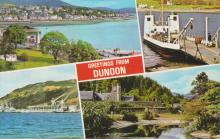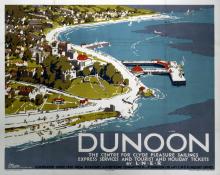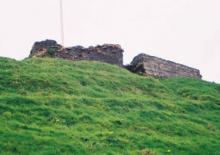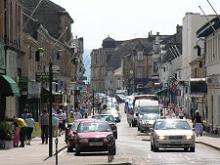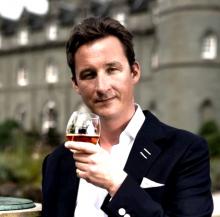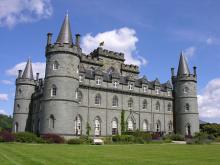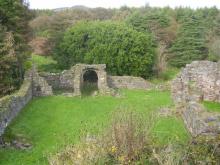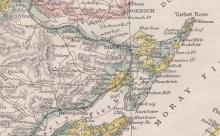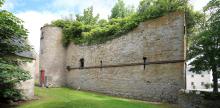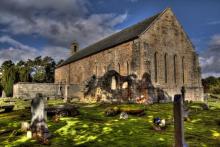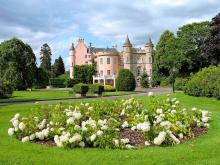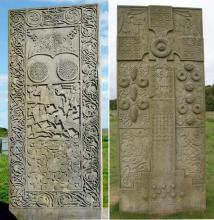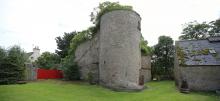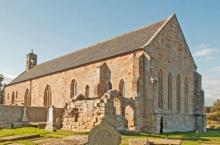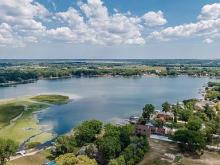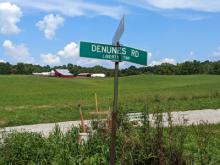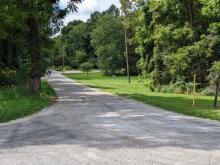Argyll & Easter Ross
The old family name, Denune, is thought to have derived from the place name Dunoon, Dunomhainn in Gaelic. The Scottish town of Dunoon is located in west central Scotland north of the Firth of the Clyde river, on the Cowal Peninsula, in Argyll. About the end of the fifth century Scots colonizers came over from Ireland, ousted the rough British tribes who inhabited the area, and settled around Loch Fyne. Earrha Gael, "land of the Gael" they called their new won territory, from which came the later name Argyll. Gaelic was the language of our ancestors and indeed was the language heard most at Dunoon until the mid nineteenth century. The Gaels gave names to hills, rivers and townships. These names have survived. Nearly all these names were descriptive. According to one linguistic interpretation, the meaning of the word from which the modern name Dunoon derives is "Fort of the Harbour", "New Fort", or "Green Hill". The hill stands just above the Dunoon Pier. A few crumbled stones are all that remain of the castle around which Dunoon developed. One of the oldest stone castles in Scotland, it was built in the 12th century, and destroyed during Argyll's Rising, a rebellion in 1685 led by Archibald Campbell, the 9th Earl of Argyll against James VII. 39 miles north of Dunoon, the seat of the 13th Duke of Argyll, Torquil Campbell, is Inverary Castle. The title's assets, which include the family home, its grounds and an extensive collection of fine furniture is estimated to be worth 50 million and has been placed in trusts. By doing so, the legacy was not subject to inheritance tax.
The Dunoon Massacre
took place only a few miles from Dunoon, on June 3, 1646. Men of the powerful Clan Campbell massacred men, women and children of the Clan Lamont. Not only would the Campbells break the code of honor between chiefs, but they would slaughter over 200 Lamonts, hanging them from trees and even burying them alive. The mayhem during the massacre also destroyed Clan Lamont's Castle Toward, which as a result is now believed to be haunted. This crime is commemorated by a Dunoon Massacre Memorial, dedicated in 1906. The ringleader of the Campbell clan, Archibald Campbell, 8th Earl of Argyll, was eventually punished for this atrocity, and beheaded.
About 45 years later, on 13 February 1692, Clan Campbell was yet again responsible for a massacre. The 9th Earl of Argyll's army, under the leadership of his son, Archibald Campbell, chief Scottish advisor to English King William of Orange, later 1st Duke of Argyll, was involved in the massacre of the MacDonalds at Glen Coe. It is estimated that thirty MacDonalds were put to death on the grounds they had not been prompt in pledging alleiance to their new English king.
Easter Ross
In 1334, Colin Campbell of Lochow, the ancestor of the dukes of Argyle, was made hereditary governor of the castle of Dunoon, and had the grant of certain lands for the support of his dignity. Duncan Campbell, one of his posterity, (about 150 years later) having had some feuds with his neighbours, also vassals of Argyle, plundered their possessions and stole their cattle. For these crimes the earl of Argyle put him on his trial and though his kinsman, Duncan was condemned to be drowned in the Clyde. He, however, escaped, and with his brother, Donald and they fled to the north, where he settled. Their mother having been a daughter of the family of Denune, Duncan and Donald assumed that surname, which was also adopted by their posterity. They retained the armorial bearings of the Campbells, their paternal ancestors.
Part of the Highland area of Scotland, and 208 miles north of Dunoon on the east coast lies Easter Ross, a small part of a large area of northern Scotland, Ross-Shire. About 1500, Donald and Duncan Campbell, aka Denune fled from Dunoon to Easter Ross to escape Duncan's death sentence. Clearly, Donald and Duncan changed their name because they were hiding from the Earl of Argyll. Donald, became the Abbot of Fearn, was a Judge Advocate, and a member of the Earldom Court. Though Abbot Donald had his own children, In 1534, a portion of his holdings, the lands later associated with the Barony of Cadboll were given to his nephew, Duncan's son, Andrew Denune.
Cadboll Castle is said to be about 14th century, added to and altered in the late 16th, early 17th century. This castle overlooks the Moray Firth, is located seven miles south east of Tain in the Parish of Fearn. Tain, the main city in Easter Ross, was granted a royal charter in 1066, making it Scotland's oldest Royal Burgh. Not far away lies Balnagown Castle, located beside the village of Kildary, and is the ancestral home of the Chiefs of Clan Ross. The current Clan Chief is Baron David Ross. Close to Cadboll, a Pictish stone c. 800 AD, from Hilton of Cadboll, is one of the most magnificent of all Pictish cross-slabs. Illustrated here is a 1998 reconstruction by Barry Grove, erected at the site. The original was carried to various places, used as a garden ornament in the 1860's by the MacLeods of Cadboll, The British Museum in 1921, and finally returned to Scotland's Museum of Antiquities in Edinburgh the same year.
Blessing or Curse of Cadboll Castle? You Decide!
In an old Statistical Account of Scotland a singular and remarkable tradition concerning the ancient Castle of Cadboll is stated, that though it was inhabited for ages, yet never any person died in it. Many of those who lived in the castle wished to be brought out of it, as they were sick and longed for death, especially Lady Mary, who resided there about the end of the 17th century. in the time of the Denune's. Being long ill and anxious for death, she desired to be carried out of her castle, which at last was done, and no sooner was she out than she passed away. The only remains of the ancient Castle of Cadboll are two or three vaults.
From: The Scottish Nation, Volume III, by William Anderson, 1863
Fearn Abbey, "Lamp of the North"
Donald being bred to the church, became Abbot of Ferne and Baron of Cadboll where he acquired considerable wealth. He served as Abbot or Commendator of Fearn from 1526-1540, when he died. Fearn Abbey, one of the oldest pre-Reformation church buildings in Scotland was founded in the 1220's by Farquhar, the first Earl of Ross. The Abbey served as a burial site of the Earls of Ross and the eastern end is partitioned off and set aside as the burial vault of the family of Ross of Balnagown. The Commentator that preceeded Donald, was Patrick Hamilton, who was burnt at the stake in 1528 for adopting Reformation ideas. In 1560 Fearn Abbey became a Presybterian church.
Other Place Names for Denune
Denoon Lake lies about 25 miles south west of Milwaukee, Wisconsin. Along the south side of the lake runs Denoon Road. Denoon Park is north west of the lake. Another Denune Road (here, incorrectly spelled, Denunes Rd) is in Liberty township, Licking County, Ohio, between Alexandria and Johnstown. Denune Avenue is in the East Linden neighborhood of Columbus, Ohio.
Dunoon's #1 Indoor Attraction, Castle House Museum
http://www.castlehousemuseum.org.uk/
Dunoon Observer and Argyllshire Standard News
http://www.dunoon-observer.co.uk/
Clan Campbell Society of North America, Denune/Dunoon is a Sept of this clan
https://ccsna.org/septs.htm#A6
Inveraray Castle, home of the 13th Duke of Argyll, Clan Campbell Chief Torquhil Campbell
https://www.inveraray-castle.com/
Clan Ross America, Denune/Dunoon is a Sept of this clan
https://clanross.org/index.php
Balnagowan Estate, ancestral home of Clan Ross chiefs,
Purchased in 1972 by Egyptian business magnate, Mohamed AL Fayed, who restored the property and employes many locals. Mohamed is the father of Dodi Fayed who was in a romantic relationship with Princess Di, with whom he died in a car chase, August 1997 in Paris. Various conspiracy theories lead to a British inquest in 2004. Mohamed AL Fayed believes that his son and Princess Diana were murdered.
http://www.balnagown.com/about/history/
Scottish Register of Tartans claims to be the Official Scottish Government Tartan Website.
However, according to Clan Campbell, there is only one authority on the correct tartan or tartans of a clan: the chief of that clan.

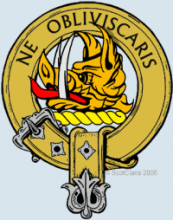
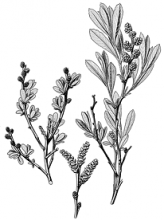

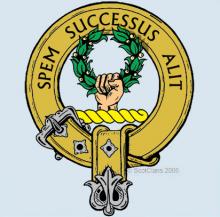
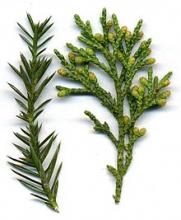
Clan Campbell Tartan; Crest with motto: Do Not Forget; plant: Bog Myrtle.
Clan Ross Tartan; Crest with motto: Success Nourishes Hope; plant: Juniper
The Denune/ Denoon names are Septs of the Clan Campbell, as well as Clan Ross.
